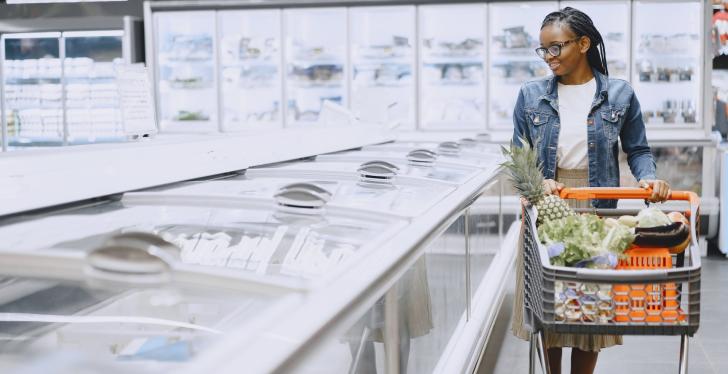From vehicles to architectural lighting
New design tools bring large-area LED products on the market with speed, quality and lower costs

VTT Technical Research Centre of Finland develops novel LED light sources based on large, flexible and transparent substrates in collaboration with the Finnish companies Flexbright and Lighting Design Collective. An easy-to-customise LED foil suitable for mass production enables the introduction of the large area lighting and display technologies to applications such as vehicles, greenhouses, shopping centres and architectural lighting.
The three-year European project Delphi4LED develops design and simulation tools for LED structures to better meet the needs of the rapidly evolving lighting industry and end users.
Heat management is a key factor dictating the performance and reliability of LED lighting solutions. The operation of LED components is also affected by their electrical and optical characteristics. Combining all of these properties is difficult using the existing design tools.
In Delphi4LED project new simulation models are being developed to consider the above factors in a simplified form. This saves on computing capacity, enabling a more comprehensive design than is currently possible.
Elaborated measurements are performed to produce a standardised electronic datasheet of the LEDs, which is then fed into a modelling software. This makes the design process more efficient and reduces the number of design errors, enabling the faster introduction of the products on the market, with higher quality and at a lower cost than before.
A Finnish consortium coordinated by VTT Technical Research Centre of Finland is applying the results of the Delphi4LED project to the development of LED luminaires based on transparent large-area foil. These kinds of novel structures enable the implementation of thin, flexible light source for lighting and display applications. For example, a multi-coloured video screen can be integrated between planar or curved glass surfaces.
The project is being coordinated by Philips Lighting from the Netherlands. Other partners in the consortium are Technische Universiteit Eindhoven from the Netherlands; Havells Sylvania Lighting Belgium from Belgium; Magillem Design Services SAS, Ingélux, PISEO, Philips France and Ecce'Lectro from France; Budapest University of Technology & Economics and Mentor Graphics Hungary from Hungary; Mentor Graphics UK from the United Kingdom; and Pi Lighting SARL from Switzerland.
channels: lighting systems, lighting concepts



